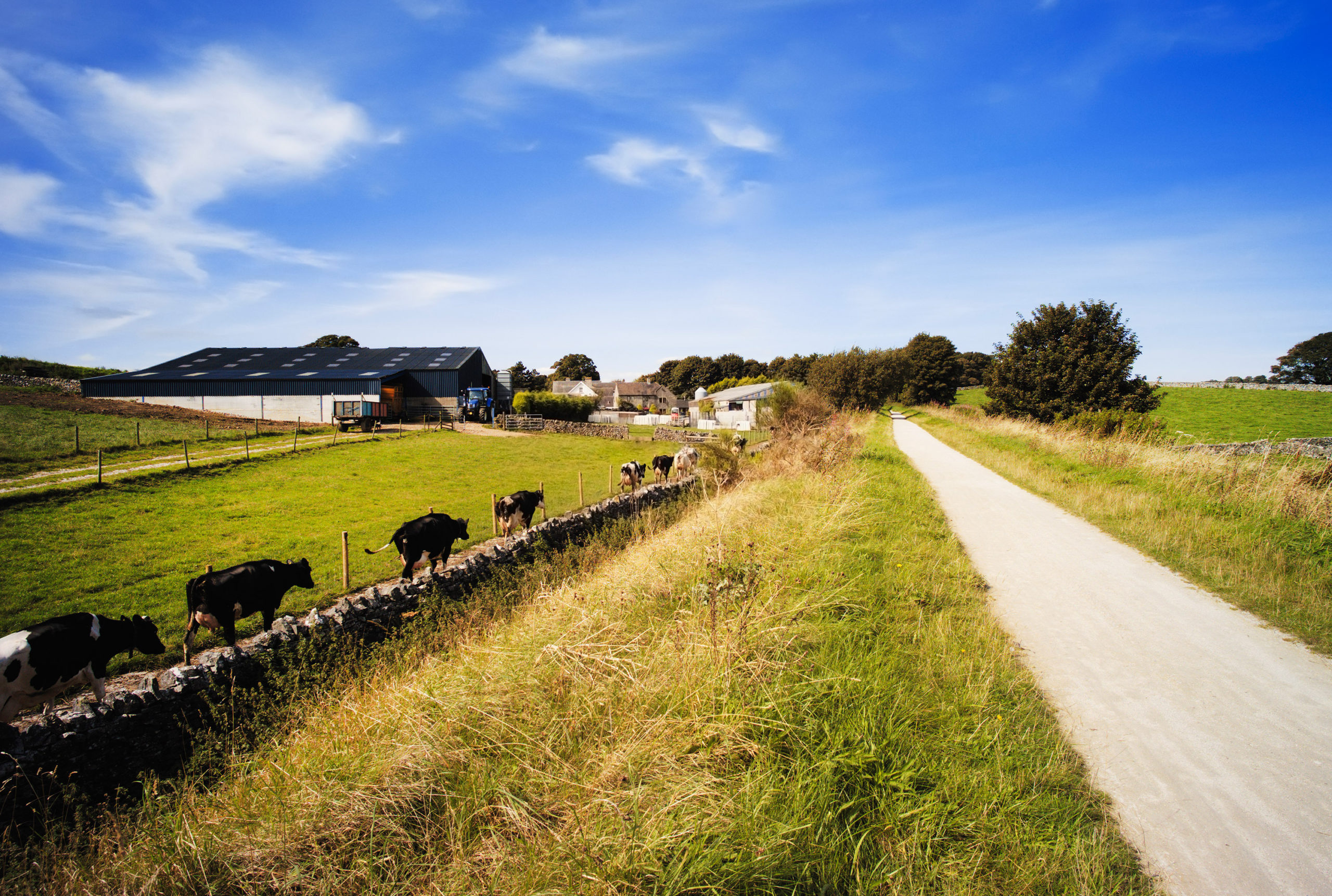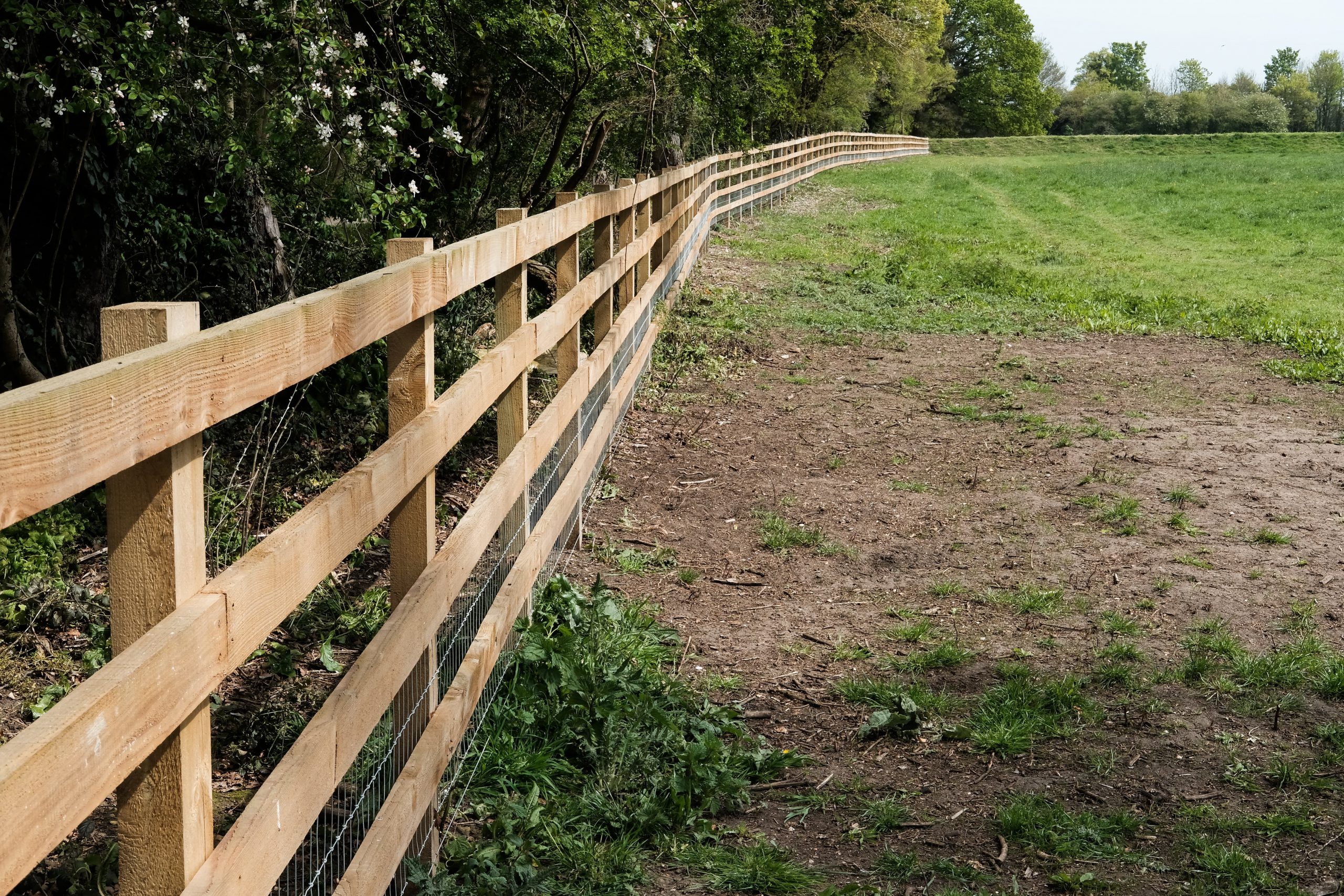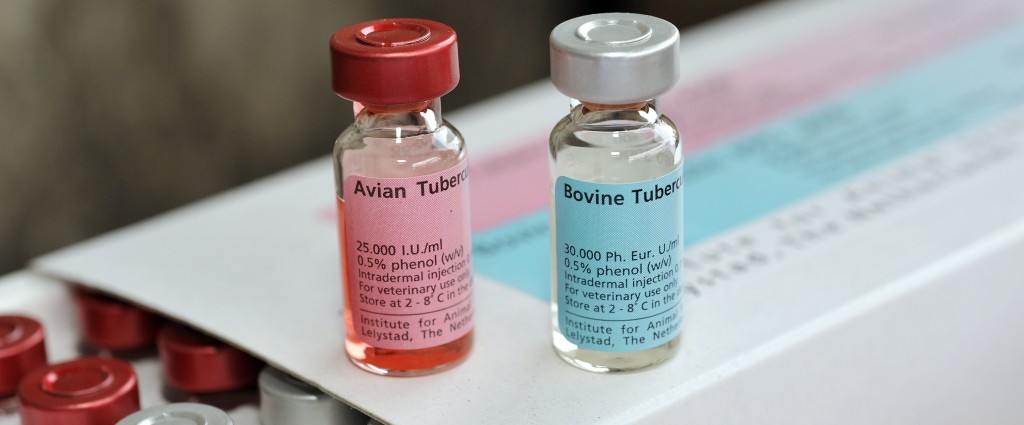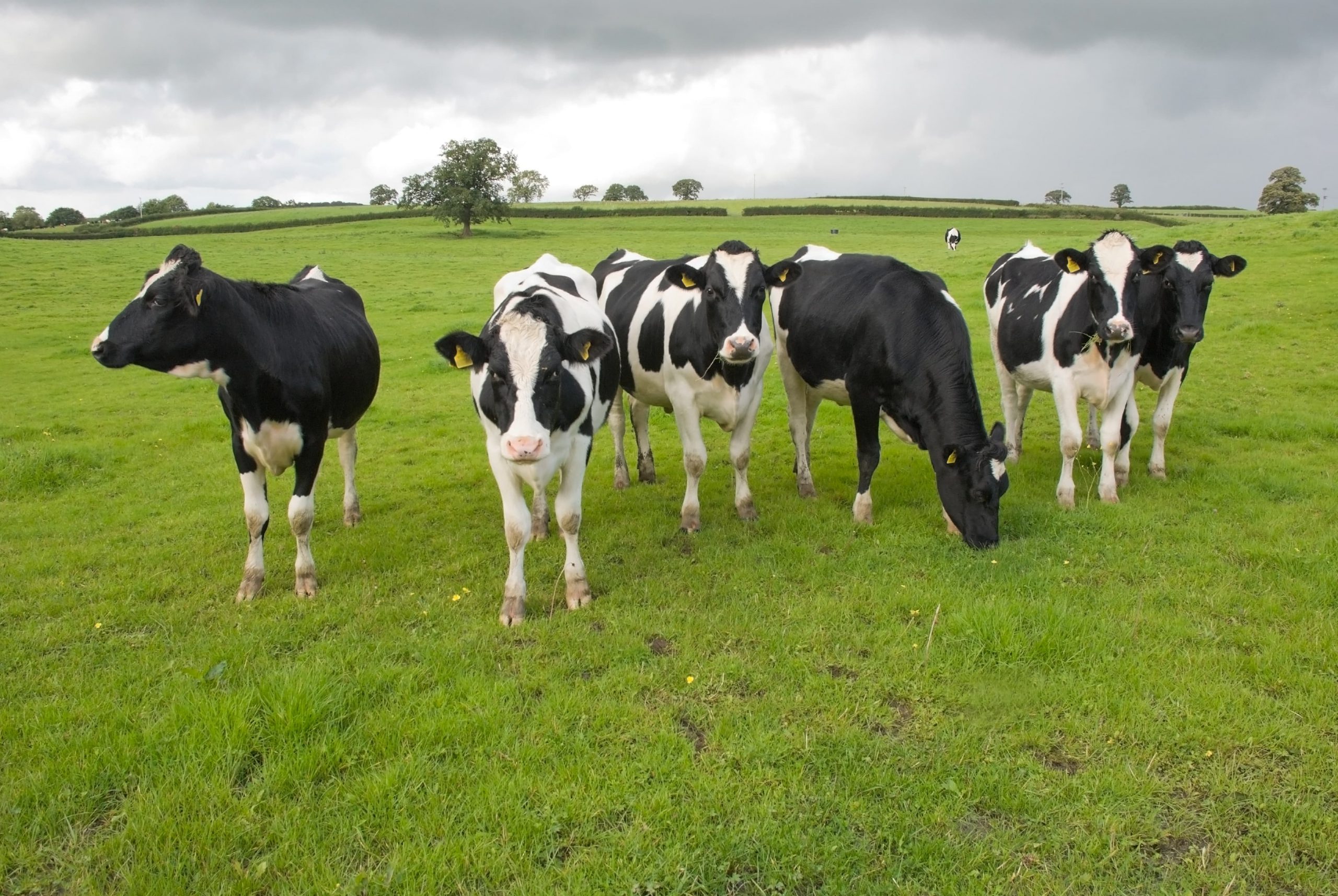These TB cattle control enhancements were introduced by Defra from January 2018 following a public consultation in August 2016.
The Edge Area was established in January 2013 as part of the government’s Strategy for achieving officially TB free (OTF) status for England by 2038. For the purposes of bovine TB control, England is split into three different management regions.
Relatively high levels of bovine TB when compared with the Edge Area and LRA. There are proportionally more repeat TB breakdowns and there is a recognised reservoir of TB infection in wildlife (badgers).
Very low levels of bovine TB and no recognised significant reservoir of the disease in wildlife. Most, if not all TB breakdowns are the result of undetected infection brought in through cattle movements.
The buffer zone between the HRA and LRA which contains local disease fronts advancing eastwards from the HRA towards the LRA. The level of bovine TB in the majority of the Edge Area is lower than in the HRA, but higher than in the LRA.
The level of bovine TB varies between regions and that is why different control measures are applied in different parts of the country. Cattle herds in the Edge Area are subject to enhanced disease control measures to try to halt the spread of disease from the HRA, with the longer term aim of achieving OTF status for counties in the Edge Area.

Why are additional cattle controls required in the Edge Area?
Despite Defra implementing enhanced cattle controls in the Edge Area from 2013, the overall level of bovine TB is still increasing. In all Edge Area counties, infection is being introduced into herds as a result of purchase of undisclosed infected cattle, usually from the HRA but also from other parts of the Edge Area. Exposure to infected badgers or contamination from them is also believed to play a role in several counties.
In most Edge Area counties there is evidence that infected herds are being discovered sooner after infection is introduced than in the past, indicating some success in control measures. However, it is essential that cattle measures are strengthened to reverse the trend of rising levels of bovine TB, and halt the spread of disease.
Edge Area changes
The following changes were implemented in January 2018.
1. Re-classification of Edge Area counties
The part Edge, part HRA split counties of Cheshire, Derbyshire, East Sussex, Oxfordshire, and Warwickshire were were re-classified as fully in the Edge Area. The previous HRA parts of these counties were incorporated into the Edge Area. Herds in these counties are subject to mandatory interferon-gamma blood testing in TB breakdowns with lesion and/or culture positive animals. Eligibility for support from the Badger Edge Vaccination Scheme also applies.
2. Cattle testing arrangements in the Edge Area
Herds in some parts of the Edge Area are subject to six-monthly routine surveillance testing, while others remain on annual testing supplemented with 3km radial testing around TB breakdown herds with lesion and/or culture positive animals. The table below shows the previous and current surveillance testing regime for each Edge Area county.
| County | Previous boundaries | Previous testing regime(s) | Changes to boundaries and current surveillance testing regimes |
|---|---|---|---|
| Berkshire | Fully Edge | Annual | Berkshire West is on six monthly testing |
| All other areas in Berkshire are on annual with radial testing | |||
| Buckinghamshire | Fully Edge | Annual | Annual with radial testing |
| Cheshire | Part Edge & part HRA | Cheshire South (HRA) Annual | Fully Edge and six monthly testing |
| Cheshire North (Edge) six monthly testing | NO CHANGE in testing regime | ||
| Derbyshire | Part Edge & part HRA | Derbyshire West (HRA) Annual | Fully Edge and six monthly testing |
| Derbyshire (Edge) Annual with radial testing | NO CHANGE in testing regime | ||
| East Sussex | Part Edge & part HRA | Annual | Fully Edge – Annual with radial testing |
| Hampshire | Fully Edge | Annual | Hampshire North West is on six monthly testing |
| All other areas are on annual with radial testing | |||
| Leicestershire, Northamptonshire and Nottinghamshire | Fully Edge | Annual | Annual with radial testing |
| Oxfordshire and Warwickshire | Part Edge & part HRA | Annual | Fully Edge on six monthly testing |
In summary, these changes amount to:
- Routine six-monthly herd testing in Warwickshire, Oxfordshire, Cheshire, the west of Berkshire, northwest Hampshire and west Derbyshire i.e. where the level of disease is highest and where radial testing may be impractical or administratively complex.
- Radial testing around TB breakdowns with lesion and/or culture positive animals in all other parts of the Edge Area, as currently happens in the LRA.

How will these changes help control bovine TB in the Edge Area?
Incorporating the previous HRA parts of split counties fully into the Edge Area means that herds in these counties with higher levels of bovine TB are subject to the enhanced surveillance testing regime. Additionally, mandatory interferon-gamma blood testing applies to new TB breakdown herds with lesion and/or culture positive animals in the Edge Area.
Six-monthly testing in Edge Area counties with higher levels of bovine TB aims to identify infected herds earlier and reduce the risk of TB spreading.

Routine six-monthly testing has proved useful in finding disease earlier in the Cheshire Edge Area, and greater certainty around TB testing dates means it is easier for cattle keepers to plan and manage their resources throughout the year.
Six-monthly testing also means that keepers have a second Defra-funded test each year that could be used as a pre-movement test for cattle that they wish to sell or move to another holding.
Annual testing in Edge Area counties with lower levels of bovine TB is supplemented with radial testing to check for spread to neighbouring cattle herds within a 3km radius of TB breakdown herds with lesion and/or culture positive animals.
The enhanced surveillance and control measures in the Edge Area will protect other cattle herds and reduce the risk of establishment of new infection in badgers.
Q&A
The previously part Edge, part HRA split counties of Cheshire, Derbyshire, East Sussex, Oxfordshire and Warwickshire were re-classified as fully in the Edge Area. TB breakdown herds with lesion and/or culture positive animals in these counties are now subject to mandatory interferon-gamma blood testing. Additionally, herds in some parts of the Edge Area are subject to six-monthly routine surveillance testing, while others remain on annual testing supplemented with 3km radial testing around TB breakdown herds with lesion and/or culture positive animals.
There is an overall trend of rising levels of bovine TB in the Edge Area despite enhanced surveillance testing and cattle controls introduced in 2013. This trend needs to be reversed so that there remains a good prospect of Edge Area counties obtaining OTF status as soon as possible as part of the government’s strategy for eventually obtaining OTF status for the whole of England.
Although wildlife involvement is suspected in some parts of the Edge Area, there is no evidence that bovine TB is endemic in wildlife in all of the Edge Area counties. The Edge Area Badger Survey of road kill badgers carried out by the University of Surrey and the University of Nottingham provides further information about levels of TB infection in badgers. Licensed badger culling has been carried out in the Edge Area from 2017 in areas where the predominant source of infection for TB breakdown herds is infected badgers. Natural England will consider new applications for licensed badger culling in Edge Area counties. Additionally, all Edge Area counties are eligible to apply for the Badger Edge Vaccination Scheme.
TB surveillance and controls in cattle have been demonstrated to detect infection earlier and reduce spread of disease, which is why they are being enhanced further in the Edge Area. In addition, cattle keepers are encouraged to protect their herds by improving on-farm biosecurity and considering TB risk when purchasing animals.
The levels of bovine TB vary considerably across some Edge Area counties. Therefore different surveillance testing regimes and cattle control measures are needed to strike a balance between robust disease control and too much testing of cattle herds.
These are government funded TB tests.
Approved Finishing Units (AFU) are high biosecurity units and provide an outlet for rearing/finishing of clear tested cattle from TB-restricted holdings without such facilities. Only AFUs without grazing are permitted in the Edge Area and the default position is that no routine surveillance testing is required in these units. However, APHA retains the option to test in exceptional circumstances, for example if there is extensive evidence of TB found at slaughter.
The interferon-gamma blood test supplements the tuberculin skin test to maximise the probability of detecting infected animals in TB breakdown herds. Gamma testing is a mandatory test for all TB breakdown herds located in the Edge Area which have animals that are lesion and/or culture positive.
No. Defra is developing criteria which will determine when switches from radial to six-monthly testing (and vice versa) in Edge Area counties should be triggered. It is hoped that improvements in the disease situation in counties (or part counties) subject to six-monthly testing will allow these counties to eventually revert to annual testing.
Six-monthly surveillance testing
60 days, the same window as a routine whole herd test.
See the table above which outlines the previous and current testing regimes in Edge Area counties. APHA will advise you in writing if your herd is subject to six-monthly surveillance testing.
Yes, as long as the timing works.
Radial testing
It is a TB surveillance test carried out around all new TB breakdowns with lesion and/or culture positive animals. The purpose of the test is to check neighbouring cattle herds for spread and to help identify any undetected source of infection in the locality. All cattle holdings falling within, or straddling, a 3km radius circle from the new TB breakdown are identified and required to undertake an immediate radial test of all the cattle on the holding aged 42 days and older. Herds are not placed under TB restrictions whilst awaiting radial testing.
Cattle keepers receive a test notification letter from APHA informing them that their herd requires an immediate radial test, specifying the date by which the test is due.
60 days. The window for a radial test usually starts immediately on receipt of the notification from APHA unless a clear herd test has been completed within the previous two months. In such cases, the radial test would be deferred until six months from the date of the last herd test.
Providing the immediate radial test (RAD) is completed with negative results, the herd will require a further radial test (RAD6) six months after the immediate test was carried out. Thereafter the herd will revert to routine annual surveillance testing provided that the RAD6 test was clear.
Yes, as long as the timing works.
TB testing for holdings spanning areas undergoing different surveillance testing regimes
The six-monthly surveillance testing regime applies, as the default testing regime across a border is for the more rigorous regime to apply.
Again, the six-monthly surveillance testing regime applies, as the default testing regime across a border is for the more rigorous regime to apply.
No. Radial testing is only carried out on holdings in the radial testing area. However, contiguous testing (CON) may be required if deemed necessary, at case vet discretion e.g. where a new TB breakdown poses a very high risk to neighbouring herds, particularly where the breakdown is close to the boundary of a different testing regime.
